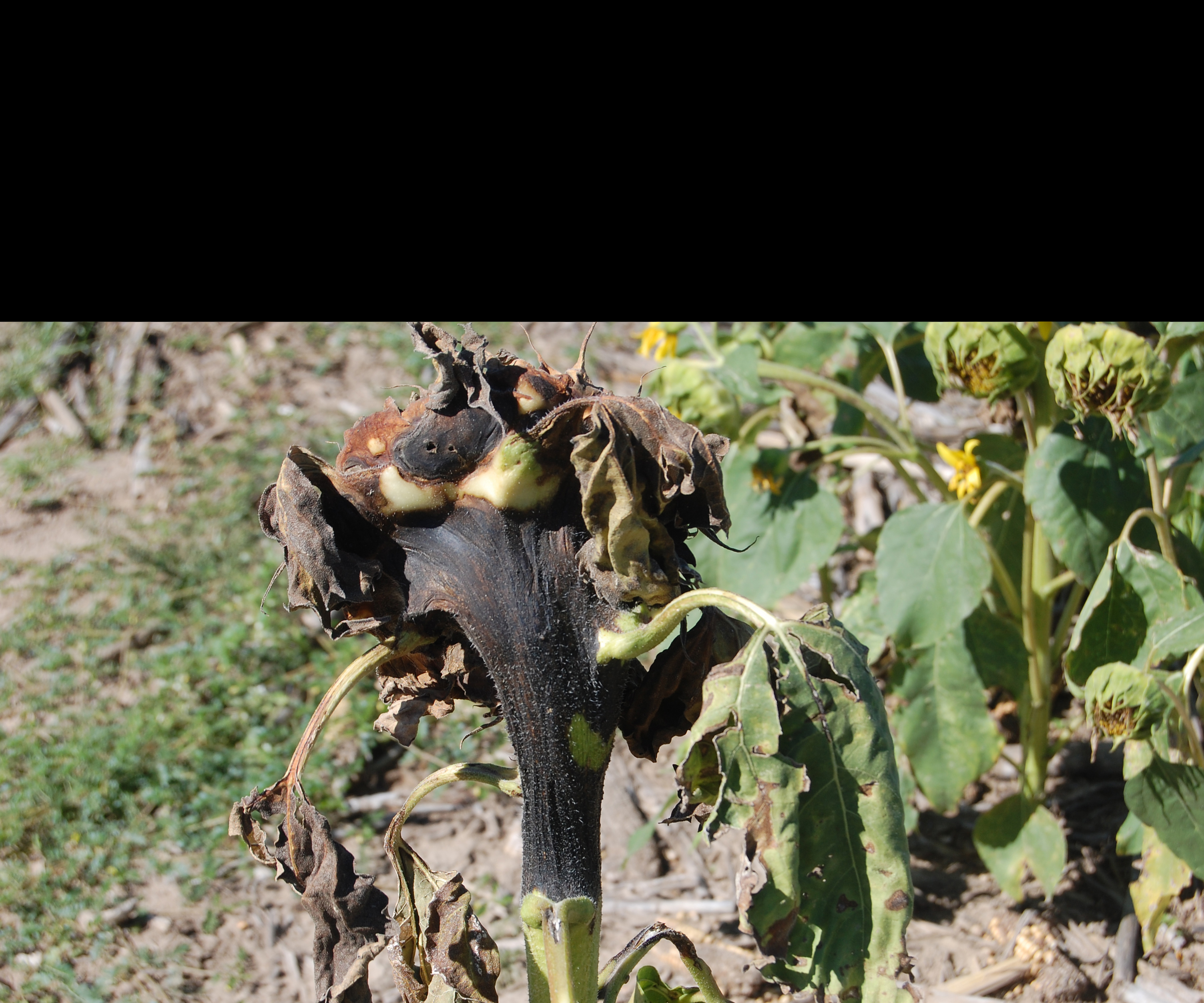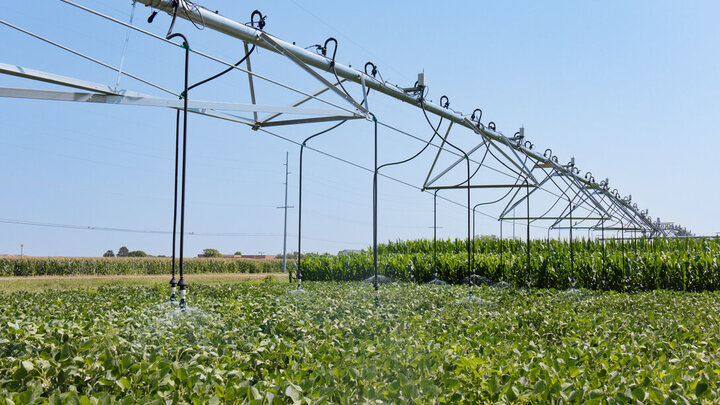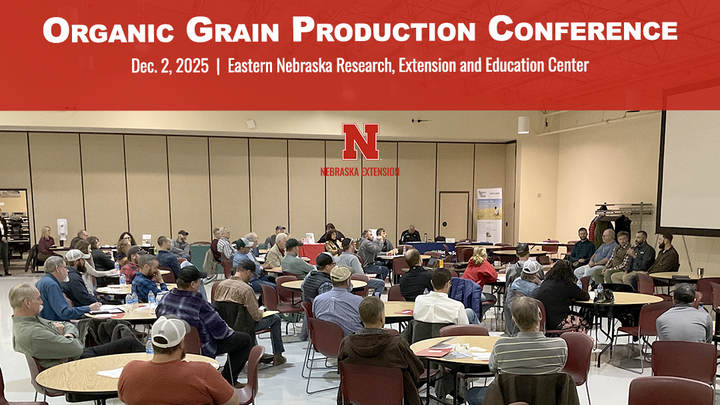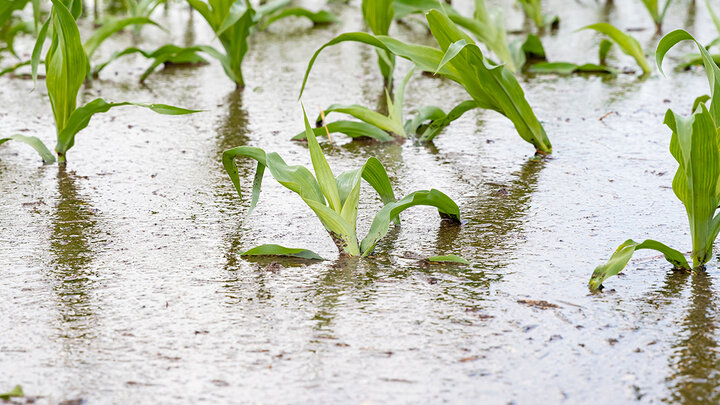By Robert Harveson, Extension Plant Pathologist
Pathogen
Fungal structures: pycnia(spores), aecia(spores), uredia(spores), telia(spores), and basidia(spores). There are at least three diseases referred to as "rusts" that occur on sunflower in the United States. Rust pathogens have very complex life cycles, with several different types of spores and often, several different hosts needed for completion of life cycles. Coleosporium or yellow rust caused by Coleosporium helianthi (Schwein.) Arth. occurs primarily on the west coast. Rust pustules (uredia) appear as golden yellow pustules that have Monterey Pine as an alternate host. White rust, also known as white blister is cause by the fungus Albugo tragopogonis. Although called a rust because of similar symptoms, the pathogen is more closely related to the downy mildew pathogen.
The most common rust disease in the High Plains is called red rust to distinguish it from the other two diseases. Red rust, caused by Puccinia helianthi, is an autoecious rust meaning it produces all its spore stages on sunflower; there are no alternate hosts. Teliospores germinate to produce basidiospores that infect the leaves resulting in the formation of pycnia within which are produced pycniospores and receptive hyphae. Pycniospores from pycnia of a compatible type fertilize the receptive hyphae resulting in the formation of aecia on the underside of the infected leaves. The aeciospores are wind dispersed to leaves, infect, and result in the formation of uredia within which are produced the urediospores responsible for the multiple cycles of infection. As the plant matures, urediospores develop into teliospores, which are the overwintering stage.
Disease Symptoms
Changes in color of spores and pustules coincide with different stages of fungal life cycle and disease development. The rust first appears as pale yellow or orange spots on the upper surface of leaves (pycnia), followed by yellow or orange spots on lower surface of leaves (aecia) in late spring or early summer. Cinnamon brown spores appear on both surfaces (uredia) of lower leaves and sometimes on stems late in the season. Later these spots will turn black (telia). Severely infected leaves turn yellow, dry up and die.
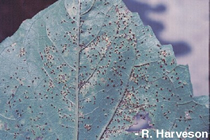


Favorable Environmental Conditions
Infection is favored by susceptible cultivars and temperatures below 90° F with high humidity and periods of leaf moisture. Yield losses are limited if infection occurs late in the season after seed fill.
Management
Genetic Resistance
Some resistance to the pathogen is available in many oil hybrids, and a few of the newer confection hybrids.
Cultural Practices
Destruction of volunteer sunflowers, managing wild sunflowers near commercial fields, and avoiding high nitrogen levels and high plant populations will help to reduce disease problems. Other measures include crop rotation and planting early, as late-planted crops tend to rust more severely than those sown earlier.
Chemical/Biological Control
No fungicides are registered in the United States, but emergency exemptions have been granted for the use of Folicur (tebuconizole). This was done in Nebraska during past several seasons in response to localized epidemics that occurred in Scotts Bluff, Morrill, Box Butte, Cheyenne, Kimball, and Banner counties.
Links
No additional links to information are given at this time.
